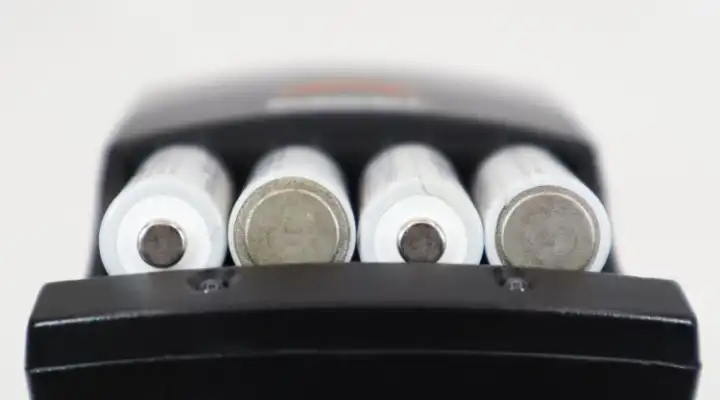Although not all appliances run on batteries, some modern devices —such as cordless vacuums, electric toothbrushes, remote controls, home security systems, digital scales, or certain coffee makers and water dispensers— rely on rechargeable batteries or cells to function properly.
Knowing how to check the battery status can help extend your device’s lifespan, prevent unexpected failures, and avoid unnecessary spending on premature replacements. In this article, we explain how to identify if a battery is failing, how to perform basic tests, and when it’s time to replace it or call a technician.
What types of batteries do appliances use?
First, it’s important to know the most common types:
- Built-in rechargeable batteries (lithium-ion, nickel-metal hydride): found in cordless vacuums, kitchen robots, power tools, etc.
- Replaceable batteries (AA, AAA, 9V): used in remote controls, scales, thermostats, or kitchen timers.
- Internal backup batteries: some devices have a small internal battery to retain memory or settings (such as microwaves with digital clocks).
Signs of a failing battery
- The device quickly loses power.
- It takes longer than usual to fully charge.
- It shuts off unexpectedly for no reason.
- The battery indicator fluctuates or shows incorrect levels.
- The battery swells, heats up, or emits a strange smell (this is a warning sign!).
How to check battery status?
- Visual inspection
Check for any deformation, corrosion on the contacts, or residue. On alkaline batteries, white rust or liquid at the terminals means they should no longer be used.
- Use a multimeter
If you have basic electrical knowledge, you can measure the battery voltage using a digital multimeter:
- Set the multimeter to DC voltage mode (V–).
- Compare the reading with the battery’s rated voltage (e.g., a new AA battery should read around 1.5V).
If the voltage is far below the rated value, the battery is either discharged or damaged.
- Performance test in the device
Use the fully charged battery and see how long it powers the device. If the time is significantly shorter than before, the battery is likely losing capacity.
When to replace or call a technician?
- For replaceable batteries: If they don’t hold a charge or voltage, replace them with new ones of the same type and brand if possible.
- For built-in batteries: If they no longer hold a charge, they need to be replaced by a qualified technician to avoid damaging the device.
Tips to extend your battery life
- Don’t let lithium batteries fully discharge.
- Avoid overcharging or leaving devices plugged in all the time.
- Store devices in cool, dry places.
- Use original or manufacturer-recommended chargers.
Checking your appliance’s battery status is a simple task that can help you detect problems early, improve performance, and avoid major expenses. If your device shows charging issues or shuts down unexpectedly, it’s time to check the battery.
Not sure how to do it or need a built-in battery replacement? At our technical workshop in Panama, we offer professional diagnostics and specialized service for rechargeable devices. Contact us and restore your appliances to full working order.

